For AAPI Month, Explore These Teas from China and Japan
Asian American Pacific Islander Heritage Month invites people across the United States to celebrate the many contributions people from Asia and the Pacific Islands have delivered to this country’s dynamic and always evolving mural of cultures. Chinese immigrants during the 19th century, for example, were instrumental in the building of railroads. People from Vietnam emigrated to a variety of cities in the 1970s, including Minneapolis and Los Angeles, and established cultural stamps on those communities. Today, people from India, the Philippines, Japan, Hawaii, Korea and everywhere else in Asia inform just about every aspect of American life.
That includes the country’s relationship with tea. Prior to the arrival of so many Asian immigrants, American tea culture revolved largely around simple black tea, either hot or iced. In both cases, the beverages often got loaded with sugar. But now, people stand in line for matcha lattes. They sip classic Chinese green teas for health and vigor. They start their mornings with bracing oolongs from Yunnan or complex Assams from India. And they savor chilled white tea, possibly with the addition of fresh fruit like watermelon and peach, during the hot months.
China and Japan key shapers of tea culture
While tea figures into most Asian cultures, widespread cultivation of the plant takes place in just a handful. Among the countries with commercial tea farms, China and Japan stand out for the diversity of tea styles and the different ways people enjoy our favorite drink.
Tea in China

No other country compares to China, the birthplace of tea stretching back more than 2,000 years. There, farmers grow all of the classic styles of tea—black, oolong, puerh, green, white. Thousands of tea styles fall within those broad categories. Some are floral. Others broadcast herbal, grassy notes. Still more styles add flavors like malt, chocolate, smoke, honey, tobacco, mushrooms, forest floor and more to the tea experience. Tea must be the most interesting beverage in the world.
In China, people from different regions and cultures prepare and enjoy tea in various ways. For example, oolong teas often get served “gong fu”-style. The approach involves tiny cups, multiple brewings and exhortations to inhale the tea’s beautiful aromas. Gong-fu serves as an informal tea ceremony for many people in China. Brewing and sharing tea gong-fu style is social. People gather around tables and talk while small pots of oolong get brewed for short periods of time.
Another Chinese-style tea, puerh, is commonly served after dim sum meals. The only major kind of tea that artisans ferment before packaging for sale, puerh gets embraced by Chinese people for its digestive powers. Given the culinary abundance that characterizes dim sum, punctuating it with a digestion-enhancing tea makes good sense!
Tea in Japan
Where tea in China involves hundreds of regional styles, Japan tends to fix on a smaller range of iterations of Camellia sinensis. But as in the Japanese fashion, where becoming a tempura master demands at least 10 years of toil (to be clear, tempura is simply battered and deep-fried things—a decade of training!), the teas upon which Japan does concentrate are fantastic. The Japanese commit!
Matcha, or course, ranks as the most famous of Japanese teas, even though the green tea sencha is the most commonly consumed among people in the 14,125-island nation. In the United States and around the world, the matcha-craze largely revolves around relatively low-quality matcha that people incorporate into lattes, cookies, cakes, chocolates and plenty more. We enthusiastically applaud all of the above. But matcha’s roots have nothing to do with muffins or wellness tonics. Instead, they find purchase in ceremony—specifically, the Japanese tea ceremony. And where Chinese gong-fu is informal, spontaneous and conversational, the Japanese tea ceremony typifies formality. It’s highly choreographed, and freighted with symbolism and meaning.
Japan’s famous matcha
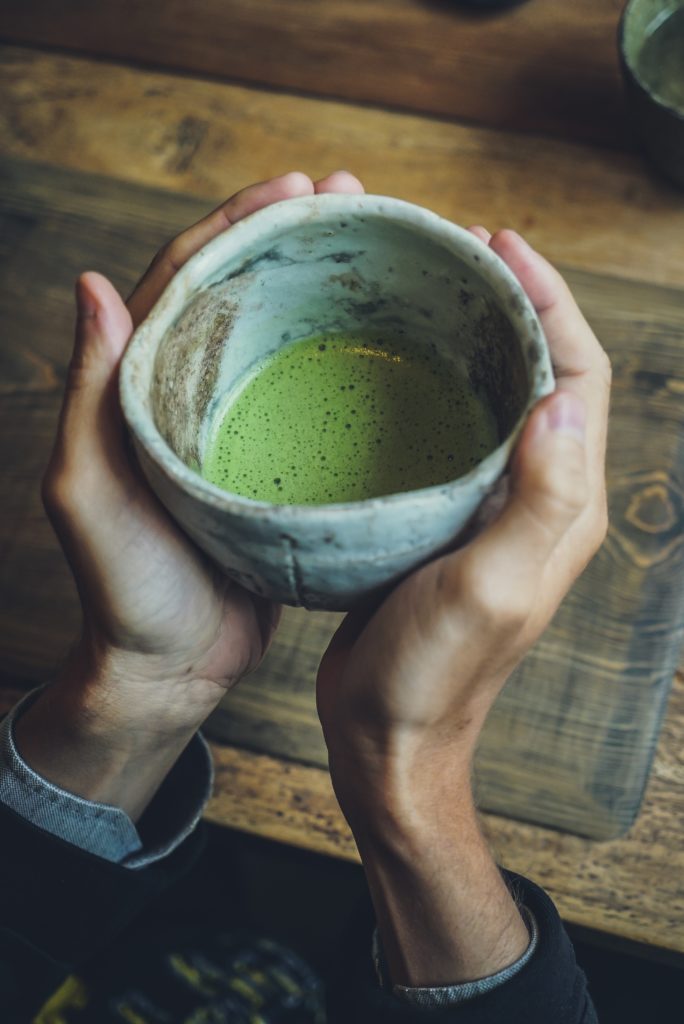
Matcha is one of the stars of the Japanese tea ceremony—it’s the tea that gets prepped, brewed and sipped. We carry a fantastic ceremonial-grade matcha, one suited for Japanese tea ceremonies, as well as daily sipping. The brilliant green beverage, made from ground green tea leaves (when you drink matcha, you consume the entire leaf), offers sublime herbal and grassy flavors.
Another novel Japanese tea, genmaicha, combines toasted brown rice with sencha tea leaves for a taste sensation. In addition, thanks to the replacement of some tea leaves with brown rice, it contains less caffeine than a standard cup of green tea. With nutty taste notes and a savory affect, people in Japan sip genmaicha for rich flavor—it pairs beautifully with many foods, including sushi—as well as for weight loss. The tea can bring about a sense of satiety, due in part to the savory flavors imparted by the toasted brown rice.
Asian American Pacific Islander Heritage Month is here! It’s time to honor the many contributions of Asian people to the United States. And don’t forget to sip delicious Asian teas for the rest of the special month!
Teas to Honor AAPI Month: Shui Xian Rock Oolong Tea
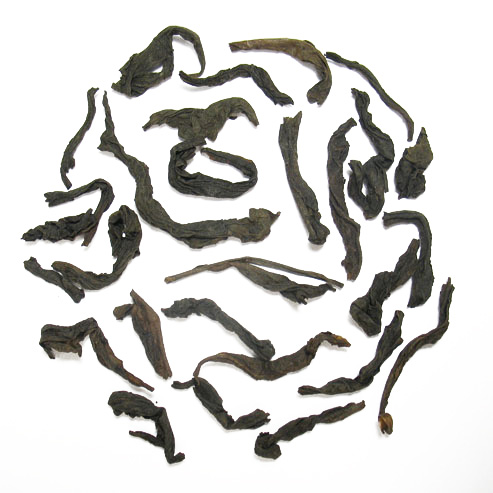
Oolong teas vary widely from one another. Some are bold, almost verging on black teas. Others convey a diversity of subtleties. As the style’s oxidation falls between green (no oxidation) and black (heavy oxidation), that leaves a lot of room for variation. One style of oolong, however, stands out with particular oomph: rock oolongs. These prized teas grow in the Wu Yi Mountains in coastal Fujian Province. The tea farms that support the plants are characterized by rocky soil—thus, the name. Our Shui Xian, meaning “water spirit” in Chinese, stands as a signature rock oolong. It tastes balanced, rich and clean, with a lingering sweetness that gets across hints of river moss. Glorious!
Teas to Honor AAPI Month: Sui Liu Xiang Puerh Tea
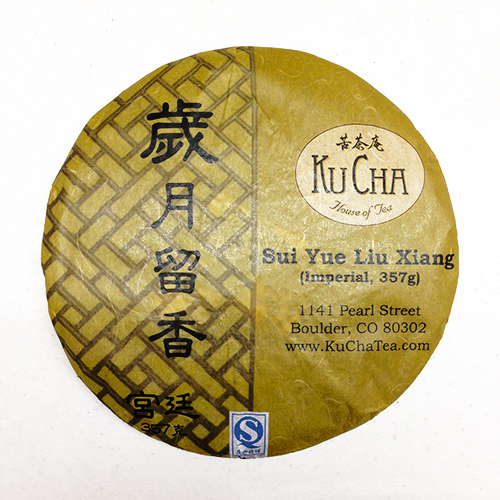
As with oolongs, tea artisans across China create different styles of puerh tea; puerh offers a broad selection of teas. It also falls into two categories: raw puerh, which is tea formed into cakes and fermented for long periods of time (up to decades); and ripe puerh, in which fermentation is jump-started by forming tea leaves into piles (sort of like composting piles). Once fermentation has taken old, the leaves are then compressed into cakes and then aged.
Our Sui Liu Xiang puerh, a ripe puerh, was made of Imperial or Gong Ting Grade Puerh from LinCang County, Yunnan Province. Most puerh comes from Yunnan, This tea brews strong, smooth and earthy, with notes of pipe-tobacco and citrus. It can easily be re-infused a dozen-plus times in the gong-fu style (see above section on gong-fu), and is an ideal candidate for aging in dry Colorado.
Teas to Honor AAPI Month: Ceremonial Grade Matcha
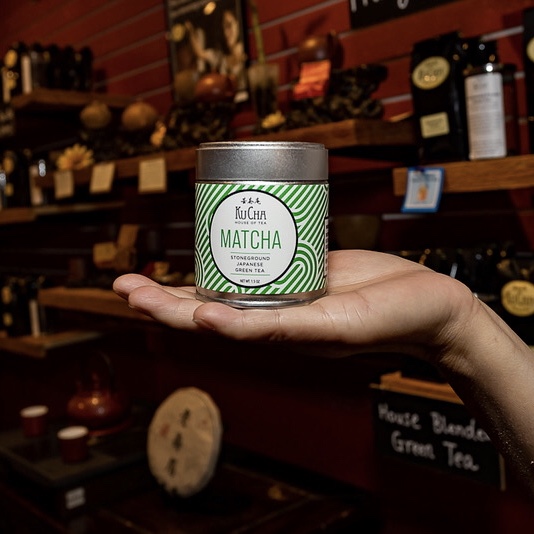
You’ve enjoyed matcha in lattes, cupcakes and probably in ready-to-drink canned “wellness” beverages, too, which often incorporate matcha for energy and health. If you’ve never tried ceremonial grade matcha—it’s unlikely it was used in a canned beverage, latte or a scone—then now is time to give it a shot. Superb matcha like our ceremonial grade version delivers electric flavors. It’s simply delicious.
Teas to Honor AAPI Month: Genmaicha Green
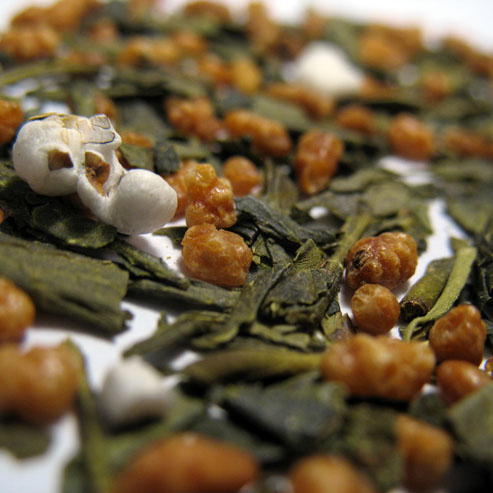
This month, consider incorporating our Genmaicha Green into your daily sipping regimen. This extremely tasty tea, which contains toasted brown rice and Japanese sencha green tea, adds to the taste experience of so many foods, especially fish and rice. When brewed the tea yields smooth, roasted and slightly creamy flavors and textures. The brew also has slightly less caffeine due to the brown rice. It’s famous for its ability to ripen balanced focus, without the caffeine jitters.
Teas to Honor AAPI Month: Gyokuro Superior Green Tea
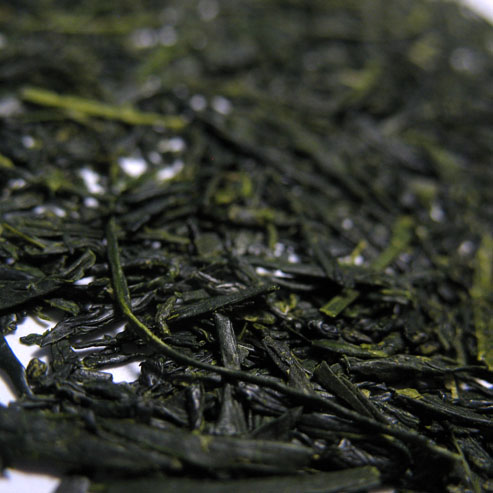
Savoring tea in Japan revolves around more than matcha, sencha and genmaicha. People in the country also enjoy exquisite whole-leaf green tea—especially gyokuro, which means “Jade Dew” in Japanese. With this gem, leaves are grown in shade for 20 days before being expertly picked by hand in early spring—there’s just one harvest a year that gets turned into gyokuro. Workers then immediately steam, dry and roll the leaves into distinctive shapes resembling pine needles. The delicate flavor and slightly sweet aftertaste makes gyokuro the choice of green-tea connoisseurs. This Gyokuro comes from Hoshino, Fukuoka Prefecture, which consistently produces excellent, high quality teas. This is a tea not to be missed!

